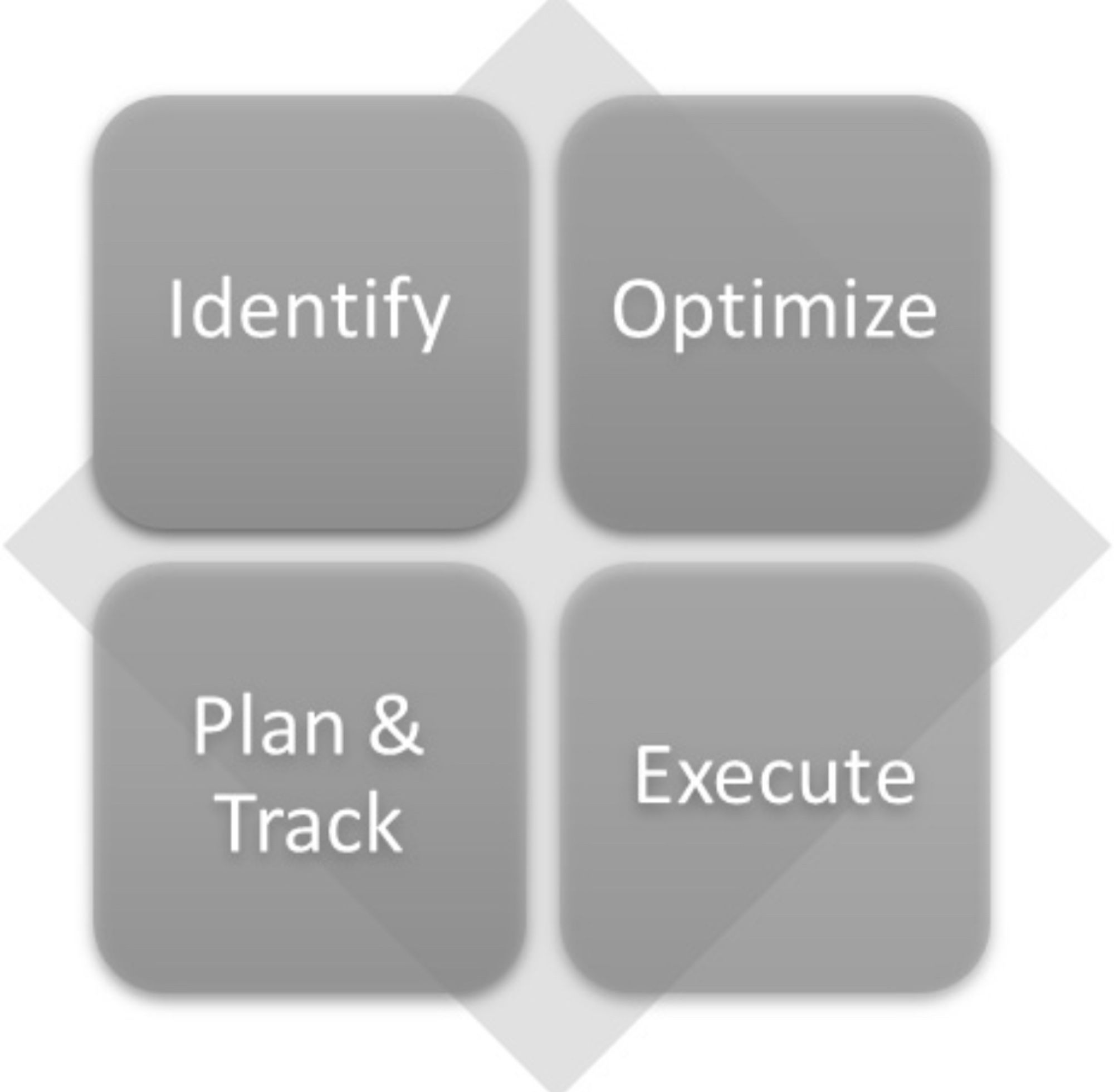What is FinOps

Introduction
FinOps is a new methodology that has emerged as a result of cloud computing. With cloud computing, businesses can scale up and down their computing resources based on demand. This flexibility and agility come at a cost that needs to be managed effectively. FinOps is the practice of bringing together finance, operations, and cloud engineering teams to manage cloud spending effectively.
What is FinOps?
FinOps is a set of practices that help organizations manage their cloud spending. It is an intersection of finance, operations, and cloud engineering. FinOps aims to provide visibility into cloud spending, optimize cloud usage, and ensure accountability across teams.
FinOps is not just about cost-cutting; it is also about optimizing cloud usage to ensure that the business gets the most out of its cloud investment. FinOps teams work to identify areas where cost savings can be made and also work to ensure that cloud resources are being used effectively.
The Benefits of FinOps
The benefits of FinOps are numerous. By bringing together finance, operations, and cloud engineering teams, organizations can manage cloud spending more effectively.
1. Reduce Cloud Spending
FinOps teams can identify areas where cloud spending can be reduced without impacting business operations. By analyzing cloud usage patterns and identifying areas of waste, FinOps teams can help businesses save money on their cloud bills.
2. Optimize Cloud Usage
FinOps teams can help businesses optimize cloud usage to ensure that they get the most out of their cloud investment. By analyzing cloud usage patterns, FinOps teams can identify areas where cloud resources are being underutilized and recommend changes to optimize usage.
3. Ensure Accountability
By bringing finance, operations, and cloud engineering teams together, FinOps ensures accountability across teams. This ensures that everyone is aware of cloud spending and usage, and that decisions are made collaboratively.

Total Cost of Ownership
Total Cost of Ownership (TCO) is the total cost of purchasing, using, managing, and decommissioning an asset over its life cycle. It includes both direct and indirect costs.
Capital Expenditure
- Supporting devices cost: This includes costs related to HVAC, networking, power, backup power, and security devices.
- Hardware cost
- Design & engineering cost: This is the fee paid to the architect or engineer to build the data center.
- Installation cost: This includes costs incurred during installation, such as masonry work, racking and stacking work, and cabling work.
- Software license cost: This refers to the cost of all software deployed in the data center, including operating systems, business software, application software, security software, operational software, and management software.
- Subsidies & grants: The government occasionally provides subsidies and grants to companies setting up their offices through various schemes. This is one type of investment that aids in building the data center.
Operational expenditure
- Maintenance cost: This encompasses disposal fees, annual maintenance charges, cleaning and disinfecting expenses, air purification costs, and pest control expenditures.
- Virtual infrastructure cost: In a cloud environment, servers are deployed as Virtual Machines (Infrastructure-as-a-Service) and services (Platform-as-a-Service). These costs are operational and are determined by usage.
- Repair costs: This category includes costs for repairing physical or software damage, building repairs, and extensions.
- Software license cost: This includes software subscription fees and software assurance costs.
- Human resource cost
- Power consumption cost
- Depreciation cost
- SLA & compliance costs: These are investments made to ensure SLA monitoring, adherence, compliance auditing, and certification.
- Building security cost: This category includes physical security, building resilience costs, and access control practices.
- Bandwidth/Egress/Ingress Cost: For an on-premises data center, bandwidth must be purchased from various ISPs. In a cloud data center, costs relate to egress (data outgoing from the cloud) and ingress (data incoming to the cloud).
- Integration cost: As businesses expand and companies integrate, merge, or are acquired, data centers must adapt and integrate.
- Disaster recovery & Business continuity cost: Companies must invest in disaster recovery and business continuity practices based on their business requirements.
Conclusion
FinOps is a new methodology that has emerged as a result of cloud computing. It is an intersection of finance, operations, and cloud engineering teams. FinOps aims to provide visibility into cloud spending, optimize cloud usage, and ensure accountability across teams. By bringing together these teams, organizations can manage cloud spending more effectively and get the most out of their cloud investment.
References
- FinOps Foundation (
https://www.finops.org/) - The Ultimate Guide to FinOps (
https://www.parkmycloud.com/blog/finops-guide/) - FinOps: Streamlining Cloud Financial Management (
https://www.cloudhealthtech.com/blog/finops-streamlining-cloud-financial-management) - FinOps: The Intersection of Finance and Operations in the Cloud (
https://www.cloudhealthtech.com/blog/finops-intersection-finance-and-operations-cloud) - What is FinOps? (
https://www.finops.org/what-is-finops/) - The FinOps Handbook (
https://www.finops.org/book/) - AWS Well-Architected Framework (
https://aws.amazon.com/architecture/well-architected/) - Google Cloud’s Cloud Operations (
https://cloud.google.com/products/operations) - Microsoft Azure’s Cloud Operations (
https://azure.microsoft.com/en-us/services/operations-management-suite/) - CloudHealth by VMware (
https://www.cloudhealthtech.com/) - ParkMyCloud (
https://www.parkmycloud.com/) - CloudCheckr (
https://cloudcheckr.com/) - Etsy (
https://cloud.google.com/customers/etsy) - Cloud Architecture Demystified: Understand how to design sustainable architectures in the world of Agile, DevOps, and Cloud (Keshri Asthana, Ankur Mittal)